Category: news. Page 4
Network model trees
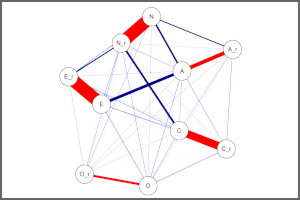
news
The effect of covariates on correlations in psychometric networks is assessed with either model-based recursive partitioning (MOB) or conditional inference trees (CTree). Read more ›
The power of unbiased recursive partitioning
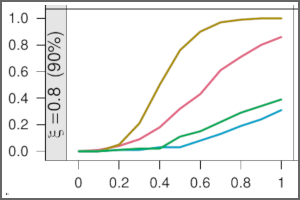
news
The significance tests underlying the unbiased tree algorithms CTree, MOB, and GUIDE are embedded into a unifying framework. This allows to assess relative strengths and weaknesses in a variety of setups, highlighting the advantages of score-based tests (as in CTree/MOB) vs. residual-based tests (as in GUIDE). Read more ›
Hybrid machine learning forecasts for the 2019 FIFA Women's World Cup
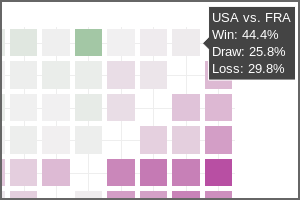
news
Using a random forest ensemble learner we obtain probabilistic forecasts for the FIFA Women's World Cup in France: The clear favorite is defending champion USA followed, with some margin, by host France, England, and Germany. Read more ›
Personalized treatment effects with model4you
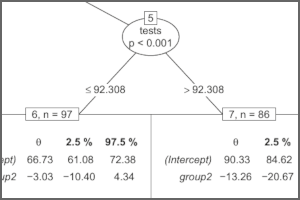
news
Personalized treatment effects can be estimated easily with model-based trees and model-based random forests using the R package model4you. Read more ›
At the end of the rainbow
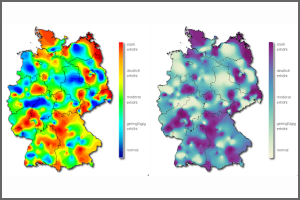
news
Fully saturated RGB rainbow colors are still widely used in scientific visualizations despite their widely-recognized disadvantages. A recent wild-caught example is presented, showing its limitations along with a better HCL-based alternative palette. Read more ›
Online color apps at hclwizard.org
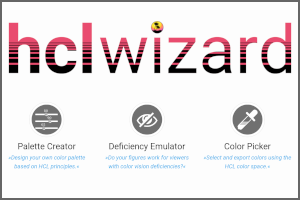
news
The hclwizard.org web page has been relaunched, hosting three online color apps based on the HCL (Hue-Chroma-Luminance) color model: a palette constructor, a color vision deficiency emulator, and a color picker. Read more ›
Spatial lag model trees
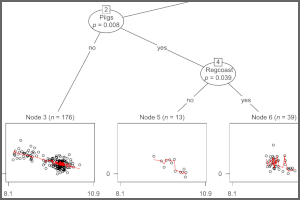
news
Economic growth models are recursively partitioned to assess heterogeneity in growth and convergence across EU regions while adjusting for spatial dependencies. Accompanied by R package lagsarlmtree, combining partykit::mob and spdep::lagsarlm. Read more ›
colorspace: New tools for colors and palettes
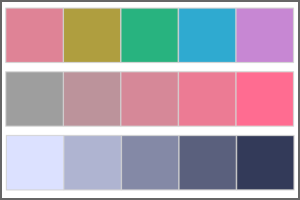
news
A major update (version 1.4.0) of the R package colorspace has been released to CRAN, enhancing many of the package's capabilities, e.g., more refined palettes, named palettes, ggplot2 color scales, visualizations for assessing palettes, shiny and Tcl/Tk apps, color vision deficiency emulation, and much more. Read more ›
Minimum CRPS vs. maximum likelihood
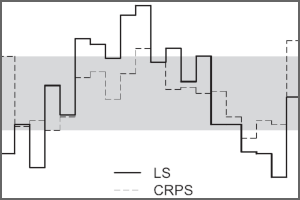
news
In a new paper in Monthly Weather Review, minimum CRPS and maximum likelihood estimation are compared for fitting heteroscedastic (or nonhomogenous) regression models under different response distributions. Minimum CRPS is more robust to distributional misspecification while maximum likelihood is slightly more efficient under correct specification. An R implementation is available in the crch package. Read more ›
Partially additive (generalized) linear model trees
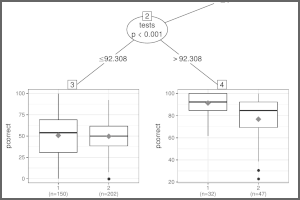
news
The PALM tree algorithm for partially additive (generalized) linear model trees is introduced along with the R package palmtree. One potential application is modeling of treatment-subgroup interactions while adjusting for global additive effects. Read more ›